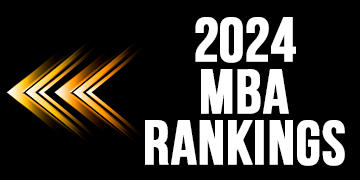Bridging The Divide Between Best Intentions And Actual Behaviour
There is often a gap between our good intentions and our actual behaviour – what we claim to do and how we act. Alarmingly, we’re sometimes not even aware of the difference between what we think we’re doing and what we’re really doing.
Aligning our actions with our intentions is challenging, as our unconscious mind can influence and even derail our behaviour and decision-making. While we may think our actions are guided by conscious, rational thought, only a small part of our brain is actively engaged in conscious reasoning.
Neuroscience provides some insight into how our brain functions. There is constant tension between the prefrontal cortex, responsible for logical reasoning, and the amygdala, associated with emotions and memory. In stressful situations, the emotional amygdala overrides rational decision-making.
Even when we understand such neurological processes, it is hard to acknowledge the existence of an unconscious, less reflective and more emotional part of our mind that influences our decision-making. We resist the idea that many of our decisions are not grounded in logic and reason, or that we may not be entirely in control of our actions.
Sigmund Freud explained this perplexing struggle between our emotional impulses and our rational thought processes using the metaphor of the rider and the horse. The rider represents our conscious mind and rational thoughts, while the horse symbolises our unconscious mind – the source of our emotions, instincts and desires.
Ideally, the rider should be in control, guiding the horse towards a desired destination. However, the horse’s strong impulses often pull the rider off course, resulting in conflicts between best intentions and actions.
It may be helpful to extend Freud’s metaphor and replace the image of a horse with that of an elephant. The elephant represents the processes that take place under the surface – the psychological dynamics that determine our character.
This mighty mammal is stubborn and resistant to change, always on guard and quick to defensively respond to any trigger. The elephant inside us will charge at anything that appears to be a threat.
Ironically, our inner elephant doesn’t have a thick skin. We take criticism personally and become defensive when challenged. We often view ourselves more positively than others do and overestimate our contributions to our successes. To read the entire article, click here! To have CEO Magazine sent directly to your inbox, click here!







